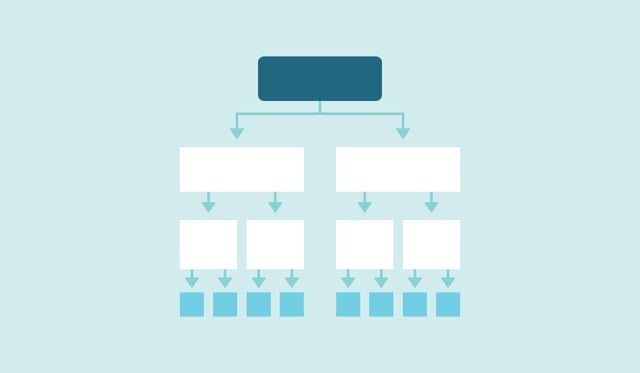The One About Pattern Recognition in Computational Thinking
 Insights By Anna McVeigh-Murphy
Insights By Anna McVeigh-Murphy
As it sounds, pattern recognition is all about recognizing patterns. Specifically, with computational thinking, pattern recognition occurs as people study the different decomposed problems.
“There are common ways we see patterns. Patterns are the laws of nature and life that present themselves in all disciplines of life — from the smallest microorganism to macrocosm…While patterns aren’t always apparent, they are continuous and autonomous.” Amy Oestreicher
Through analysis, students recognize patterns or connections among the different pieces of the larger problem. These patterns can be both shared similarities and shared differences. This concept is essential to building understanding amid dense information and goes well beyond recognizing patterns amongst sequences of numbers, characters, or symbols.

Examples of Pattern Recognition in Everyday Life
Pattern recognition is the foundation of our knowledge. As infants, we used patterns to make sense of the world around us, to begin to respond verbally and grow our language skills, and to develop behavioral responses and cultivate connections in this world.
Beyond this, pattern recognition also occurs when scientists are trying to identify the cause of a disease outbreak by looking for similarities in the different cases to determine the source of the outbreak.
Additionally, when Netflix recommends shows based on your interests or a chat bot pesters you on a website, the technology (Artificial Intelligence and Machine Learning) rely on pattern recognition.
Personally, I used pattern recognition recently when I created a food diary for my dog to identify the source of his newest allergic reaction. The culprit? Fish. And this is to add to a long list including red meat, chicken, bison, and grains. But I digress.
Examples of Pattern Recognition in Curriculum
Pattern recognition applies in the classroom as well.
English Language Arts: Students begin to define sonnets based on similarities in separate examples.
Mathematics: Students recognize the specific formulas used to calculate slopes and intercepts.
Science: Students classify animals based on their characteristics and articulate common characteristics for the groupings.
Social Studies: Students identify the potential impact different economic trends reap by looking at data.
Languages: Students group different words in a foreign language by looking at their roots to build a better understanding of vocabulary.
Arts: Students categorize paintings based on commonalities between artists’ aesthetics and detail key characteristics that each grouping presents.
Examples of Pattern Recognition in Computer Science
And in computer science and coding, pattern recognition helps students identify similarities between decomposed problems. If they are coding a game, they may recognize similar objects, patterns, and actions. Finding these allows them to apply the same, or slightly modified, string of code to each, which makes their programming more efficient.

Through the quest to build understanding in unfamiliar scenarios or in the face of uncertainty, students learn to persist through iteration and experimentation and accept that failure and struggle are a part of the learning process.
What's Next? Check out our articles on decomposition, abstraction, and algorithmic thinking.




